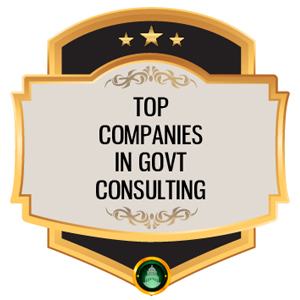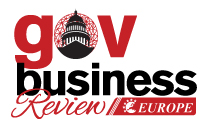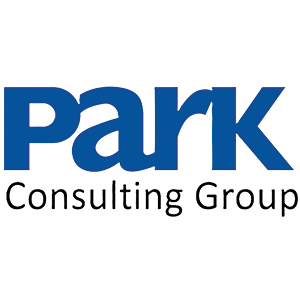Public Safety Communications' Strategic Development
Thursday, December 04, 2025
Government-grade connectivity, which acts as the digital backbone enabling quick, coordinated, and efficient emergency responses across crucial agencies, is the foundation of public safety communications. This infrastructure stands out from typical commercial networks due to its strict standards for interoperability, speed, security, and dependability. The current situation shows a dramatic shift toward more sophisticated, integrated systems that make use of cutting-edge technical developments.
Evolving Communication Technologies
At the core of government-grade connectivity lies a sophisticated ecosystem of communication technologies. Traditionally, Land Mobile Radio (LMR) systems have formed the bedrock for mission-critical voice communications, providing a highly reliable means for field personnel to communicate. These systems, developed over decades, offer dedicated spectrum and robust performance, particularly in challenging environments where commercial networks may be unreliable. LMR remains a primary voice communication service for public safety, recognized for its dependability and established protocols.
However, the increasing demand for data-intensive applications, such as real-time video streaming, high-resolution imagery, location services, and access to critical databases, has necessitated the integration of broadband capabilities. This integration marks a pivotal shift, supplementing traditional voice communications with robust data pathways. The emergence of dedicated public safety broadband networks, often built upon Long Term Evolution (LTE) technology, represents a significant stride in this direction. These networks are designed to provide prioritized and secure broadband access for first responders, enabling a more comprehensive exchange of information and improved situational awareness. The strategic deployment of such networks aims to address the unique requirements of public safety, ensuring high availability and performance even during large-scale incidents when commercial networks might experience congestion.
The transition to advanced network architectures is further propelled by the advent of fifth-generation (5G) wireless technology. 5G promises to revolutionize public safety communications by offering ultra-low latency, massive device connectivity, and enhanced mobile broadband. These capabilities open doors for a new generation of applications, including real-time video analytics, sensor networks for early disaster detection, and artificial intelligence-driven predictive response modelling. The integration of 5G is poised to facilitate near-instantaneous communication and decision-making, significantly enhancing the effectiveness of emergency operations. Mobile command centers equipped with 5G base stations, aerial platforms for temporary coverage, and satellite backhaul for remote areas are all part of this unfolding vision, contributing to a more resilient and adaptable communication framework.
Core Principles: Interoperability, Resilience, and Security
A fundamental principle guiding the development of public safety communication infrastructure is interoperability. The ability for diverse agencies and jurisdictions to communicate seamlessly and share information is paramount during multi-agency responses. This requires adherence to common standards and protocols or the implementation of robust gateways that facilitate translation between different systems. Progress in this area involves the adoption of standardized platforms and the development of shared communication hubs, often leveraging cloud-based solutions, to centralize information flow and enhance coordination.
Beyond technological prowess, the resilience of public safety communication systems is a critical design consideration. These networks must be engineered to withstand and recover quickly from various disruptions, whether natural disasters, infrastructure failures, or intentional attacks. Key elements of resiliency include route diversity, ensuring multiple physical pathways for communication, and redundancy, providing backup systems to prevent single points of failure. Protective and restorative measures, such as hardened infrastructure and rapid recovery protocols, are integral to maintaining operational continuity in the face of adversity. This commitment to resilience ensures that essential communications remain accessible when needed most.
Security is another non-negotiable aspect of government-grade connectivity. Public safety communications involve highly sensitive information, necessitating robust cybersecurity measures to protect this information. This encompasses end-to-end encryption for data in transit and at rest, multi-factor authentication for access control, and continuous monitoring to detect and mitigate vulnerabilities. Regular audits and adherence to stringent security protocols are crucial for protecting against unauthorized access, data breaches, and service disruptions, thereby safeguarding the integrity and confidentiality of critical communications.
Strategic Investment and Policy Direction
The evolution of public safety communication infrastructure is not solely a technological undertaking; it is also shaped by strategic policy and funding mechanisms. Governments at various levels continually assess and invest in modernizing these vital systems. This includes exploring diverse funding streams, such as bonds, dedicated surcharges on communication services, and grants, to support the substantial capital investments required for infrastructure development and ongoing maintenance. Policies are being developed to promote the adoption of advanced technologies, foster standardization, and ensure that networks meet the evolving needs of public safety professionals.
Public safety communications infrastructure reflects an ecosystem of interconnected technologies and strategic initiatives. It is a continuous pursuit of enhanced reliability, advanced capabilities, seamless interoperability, inherent resilience, and unassailable security, all geared towards empowering first responders and safeguarding communities. The ongoing integration of broadband, 5G, and other emerging technologies signifies a forward-looking approach, ensuring that government-grade connectivity remains at the forefront of emergency response and public safety operations.

















